The rigid boundaries of South Asia's caste system, maintained for centuries through strict endogamous marriage practices, are showing signs of erosion across the region. Recent demographic studies and sociological fieldwork reveal a quiet but measurable shift in marital patterns, particularly among urban educated populations. This transformation carries profound implications for the social fabric of nations where caste has historically dictated every aspect of life from occupation to social interactions.
In the bustling tech hubs of Bangalore and Hyderabad, young professionals from different caste backgrounds increasingly find common ground in shared workspaces and educational institutions. Corporate environments, where meritocracy theoretically prevails, have become unexpected crucibles for challenging traditional norms. The phenomenon isn't confined to India's metropolitan centers - similar trends emerge in Kathmandu's educated circles and among Colombo's urban middle class, though at varying paces and with distinct local characteristics.
Demographic data from India's National Family Health Survey reveals that while caste endogamy remains dominant (approximately 90% of marriages in rural areas), the figure drops to about 65-70% in major cities among college-educated respondents aged 25-35. More striking is the generational shift: individuals whose parents married outside caste lines are three times more likely to do so themselves, suggesting a potential acceleration of the trend.
The mechanisms enabling this change are multifaceted. Digital dating platforms report increased interest in "caste-no-bar" filters, particularly among users under 30. Meanwhile, transnational migration patterns create diasporic communities where caste distinctions often blur out of necessity or changed social contexts. In London or Toronto, second-generation South Asians frequently describe caste as "something my grandparents talk about" rather than an active factor in partner selection.
Economic liberalization has played a complex role. While new wealth initially reinforced caste hierarchies (as seen in extravagant caste-based wedding ceremonies among nouveau riche families), prolonged exposure to globalized markets appears to gradually erode the economic foundations of caste. When Dalit entrepreneurs succeed in tech startups or when Brahmin graduates take employment under Shudra bosses, the traditional correlation between caste and occupation weakens - and with it, some rationale for strict endogamy.
Resistance persists, of course. Honor killings related to inter-caste relationships still make headlines, particularly in northern India's rural hinterlands. Caste-based matrimonial columns continue to dominate newspaper classifieds, and many families who accept love marriages still quietly verify caste backgrounds before giving blessings. The tension between change and continuity manifests in subtle ways: couples listing identical "gotras" (lineage identifiers) on wedding invitations while having different caste backgrounds, or families attributing inter-caste unions to "modern times" rather than personal choice.
Scholars debate whether these changes represent true caste dissolution or merely its reconfiguration. Some argue that caste endogamy is being replaced by class endogamy, with educated elites from different castes forming a new social stratum. Others note the emergence of "selective endogamy" where certain caste boundaries become permeable while others remain rigid - for instance, more acceptance of Brahmin-Vaishya unions than Dalit-upper caste marriages.
The political ramifications are already visible. Identity politics based on caste solidarities faces new challenges as traditional categories blur. Progressive parties champion inter-caste marriages as social reform, while conservative groups attempt to codify caste distinctions through renewed emphasis on religious rituals and genealogical purity tests. In this evolving landscape, marriage choices become unexpectedly potent political statements.
Looking ahead, the pace of change will likely depend on education access, urbanization rates, and the tech sector's continued expansion. As one sociologist noted, "When young people spend more time interacting with algorithms than with village elders, the algorithms don't care about caste - and eventually, neither do they." Yet the system's remarkable persistence through millennia of social upheavals suggests any transformation will remain partial and uneven for generations to come.
What emerges from the data is neither a simple story of tradition crumbling nor one of stubborn persistence, but rather a complex recalibration of one of humanity's oldest surviving social hierarchies. The boundaries haven't disappeared - but they're becoming porous in ways that would have been unimaginable just two generations ago.
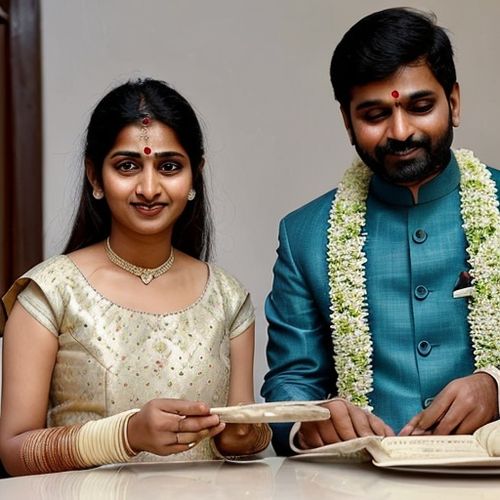
By Lily Simpson/Apr 19, 2025

By Christopher Harris/Apr 19, 2025

By Olivia Reed/Apr 19, 2025

By Laura Wilson/Apr 19, 2025

By Emma Thompson/Apr 19, 2025

By Olivia Reed/Apr 19, 2025
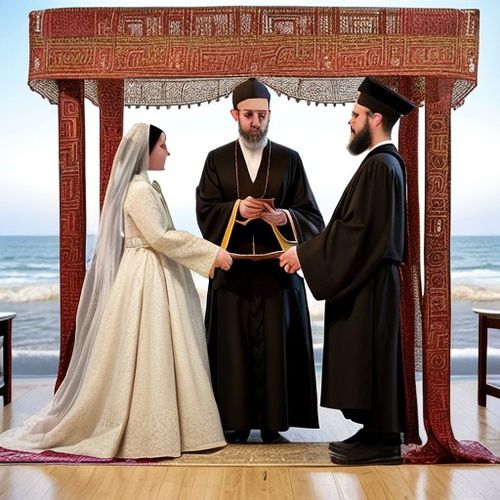
By Noah Bell/Apr 19, 2025
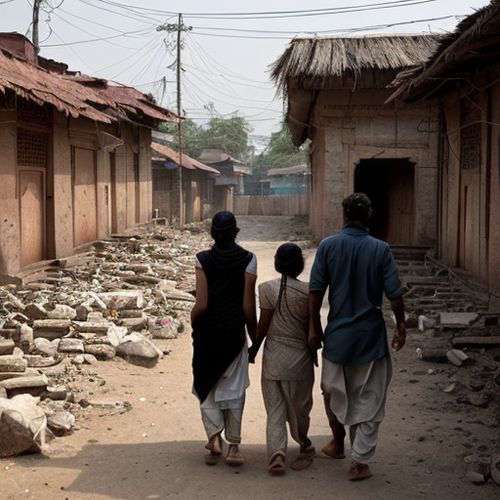
By James Moore/Apr 19, 2025
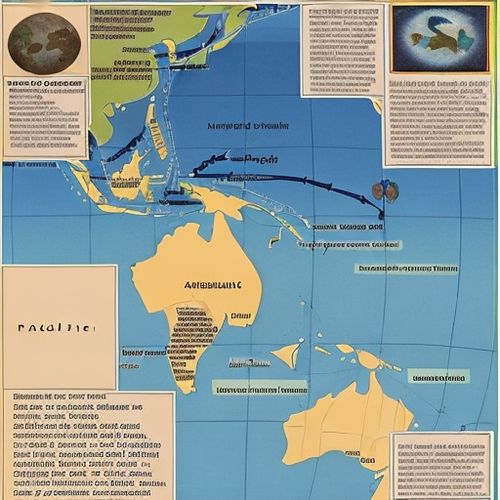
By Elizabeth Taylor/Apr 19, 2025
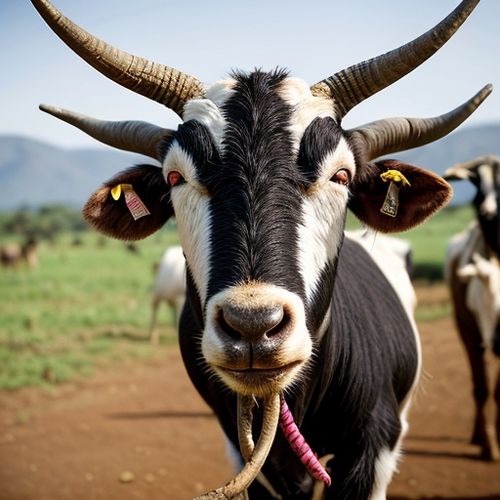
By John Smith/Apr 19, 2025

By Olivia Reed/Apr 19, 2025
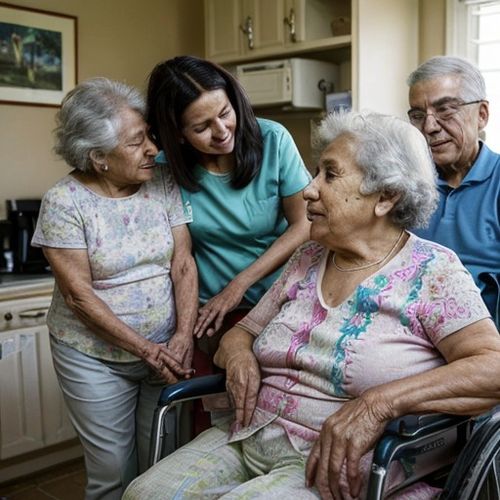
By Lily Simpson/Apr 19, 2025
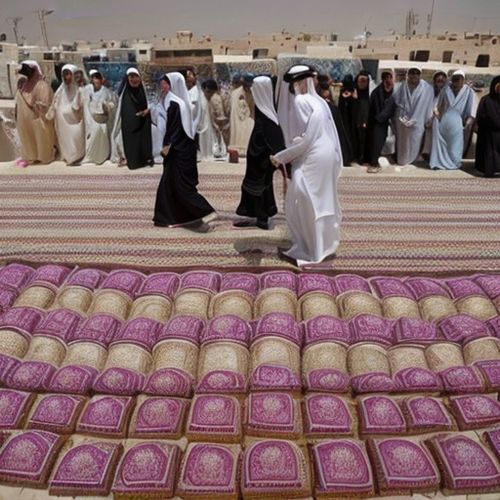
By Joshua Howard/Apr 19, 2025

By William Miller/Apr 19, 2025
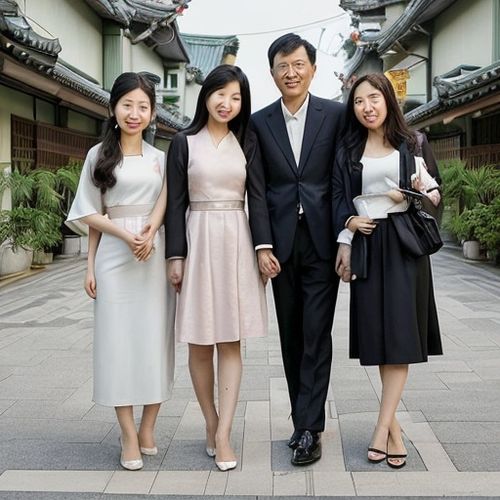
By Eric Ward/Apr 19, 2025

By Lily Simpson/Apr 19, 2025

By James Moore/Dec 23, 2024

By David Anderson/Dec 23, 2024